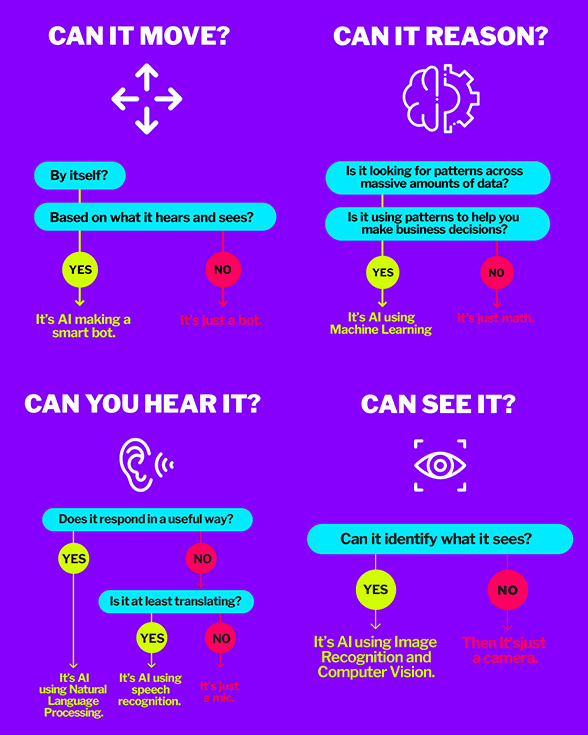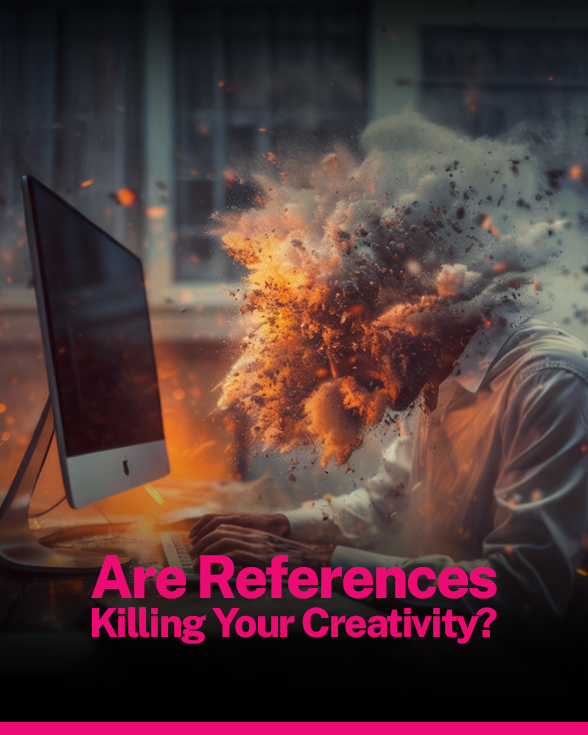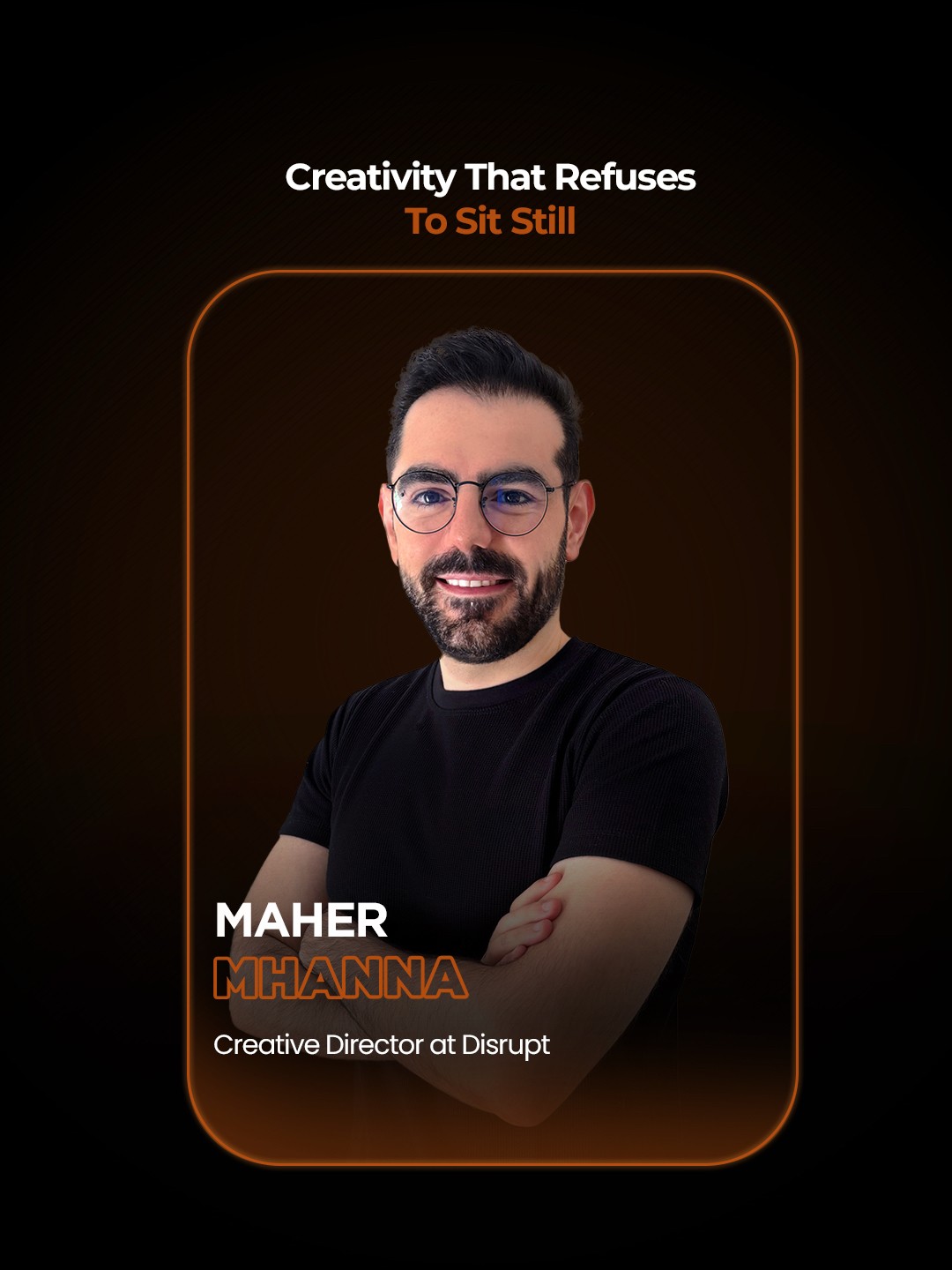Artificial Intelligence is everywhere, or so it seems.
The term “AI” has become a buzzword, often tossed around loosely by companies eager to align themselves with the future. But here’s the problem: not everything labeled as AI is truly intelligent, and not all “AI-powered” solutions deliver on the promise.
In today’s tech-driven business environment, distinguishing between actual AI and traditional software is more important than ever. Whether you’re evaluating vendors, investing in tools, or designing a product, knowing what AI is and what it just sounds like is essential.
Understanding What AI Really Is
Let’s start with a working definition.
Artificial Intelligence (AI) is a branch of computer science focused on building machines that mimic human intelligence. These systems can learn, adapt, reason, and solve problems. Key capabilities include:
- Learning: Acquiring and applying data-based rules
- Reasoning: Making decisions based on those rules
- Self-correction: Improving over time through feedback
- Perception & Understanding: Recognizing patterns, interpreting language, and making sense of data
Put simply, AI isn’t just automation or data processing; it’s intelligence at work.
A Map to Identify Real AI

To help separate fact from fiction, we’ve developed a framework that acts like a decision tree, a guide for evaluating whether a system actually employs AI or is simply dressed up to look like it.
The process starts with basic questions:
- Can the system “see” or “read”?
- If it can see, does it identify patterns, or is it just a camera?
- If it can read, does it just translate, or can it understand meaning through Natural Language Processing (NLP)?
As you move through the framework, it becomes clear that true AI systems are built to respond, adapt, and improve, not just repeat pre-programmed outputs. These systems often use Machine Learning (ML) to identify patterns, make predictions, and guide decisions in real-time.
The framework doesn’t just filter hype from substance; it provides a structured way to assess what’s under the hood of any “AI-powered” tool.
Why This Matters for Your Business
So, what’s the benefit of understanding whether a system is real AI?
For starters:
- It protects your investment.
Genuine AI typically comes at a premium. You deserve real value in return, value that shows up in performance, cost-efficiency, and scale. - It sharpens your decision-making.
Systems that adapt through machine learning can evolve as your business grows. Knowing whether a tool offers that kind of intelligence affects long-term planning. - It manages expectations.
Not all systems can learn, respond, or optimize in real-time, and that’s okay. But knowing what you’re working with helps you set realistic goals. - It supports ethical, transparent practices.
With increasing scrutiny around AI and data ethics, it’s important to market products honestly. Mislabeling software as “AI” could damage brand trust. - It gives you a competitive edge.
By accurately identifying and applying real AI tools, you can build smarter strategies—and highlight your edge over competitors still relying on buzzwords.
When and Where to Use This Framework
This AI evaluation tool isn’t just for tech teams. It’s designed to support multiple business functions:
- Vendor evaluations: Ask the right questions before signing contracts
- Product development: Build smarter, more adaptive systems
- Marketing and sales: Align messaging with real capabilities
- Customer education: Explain clearly what your product can (and can’t) do
The Bottom Line
The hype around AI isn’t slowing down, but that doesn’t mean you have to fall for it.
By using a clear, practical framework to evaluate what’s really AI, you protect your business, your budget, and your credibility. Whether you’re building, buying, or marketing a solution, clarity is your most powerful tool.
In a world full of claims, it pays to ask: Is it really AI?






